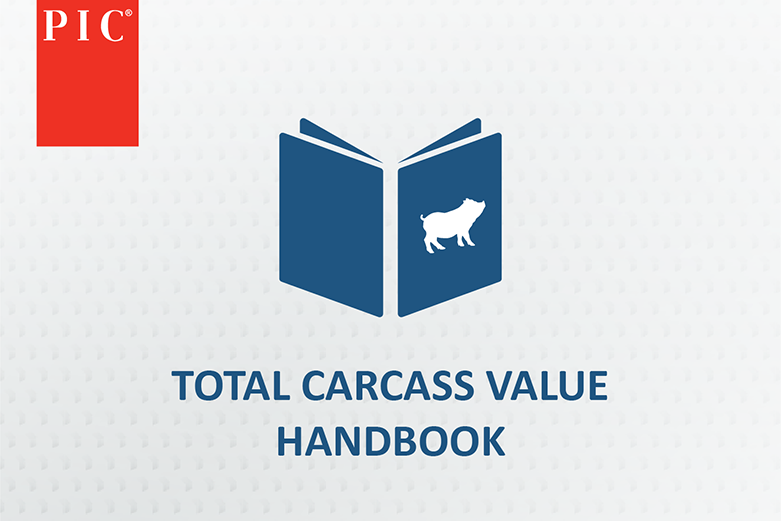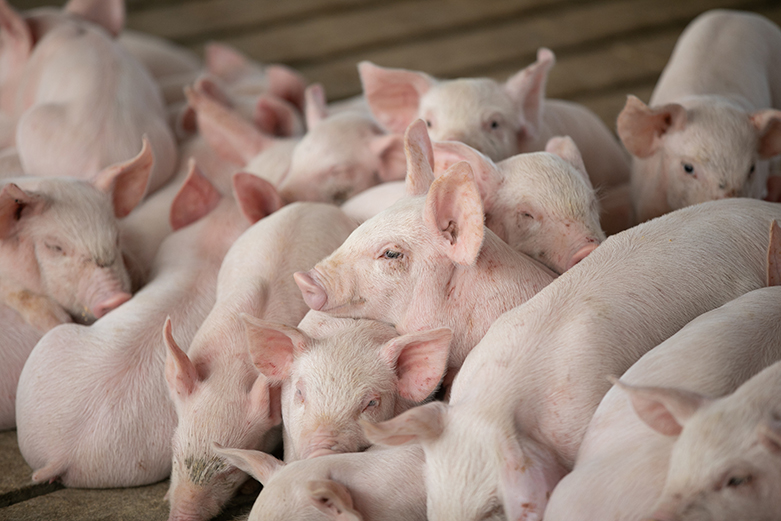You can’t manage what you don’t measure. While this quote applies to many aspects of pork production, it’s especially true when discussing pork quality.
What is pork quality? It probably depends on who you ask! Simply put, pork quality is the total of all characteristics that cause differences between samples of a product, and influence the value perceived by the end user (processor or consumer). Not all consumers perceive quality the same; end users often define quality using their own terms. For consumers, color is a key purchasing decision driver. Tenderness and degree of doneness is generally related to a positive eating experience and repeat purchases.
When defining pork quality, several traits or attributes likely come to mind – pH, color, marbling, breed or genetic influence, and degree of doneness, to name a few. PIC has been selecting for pork quality-related traits for several years – pH, marbling, and most recently, tenderness, are all critical components of the complex puzzle PIC considers to drive genetic improvement for better pigs and pork. We select these traits because they translate to better quality pork through harvest, processing, and, ultimately, a better product for the consumer.
PIC has developed packer-focused tools to measure and manage genetic decisions and help customers achieve their full potential in meat quality and carcass composition.
- PIC Total Carcass Value Handbook:
- A comprehensive resource with basic and applied meat science knowledge aimed at assisting the global pork supply chain in producing high-quality and desirable pork.
- Primal Mix calculators:
- Utilizing data from PIC’s GNX program, this tool incorporates plant specific information on cut yields and is key to showing how primal cuts change as carcass weights increase.
- PIC Pork Quality Compass™:
- The PIC Pork Quality Compass™ benchmarking program enables our applied meat science team to measure four key attributes that impact pork quality from eating satisfaction and meat processing perspectives as influenced by plant operations: post-mortem chilling rates, post-mortem pH evaluations, color, and firmness. PIC treats individual data as strictly confidential, and reports maintain anonymity. For more information on how to participate in this program, contact AppliedMeats@genusplc.com.
At the end of the day, multiple factors can influence and impact pork yield and quality. It takes all parts of production and the supply chain working synergistically to get the best possible pork quality outcomes—and continually working to understand consumer demands so that we can deliver what consumers want. Most importantly, we can’t manage what we don’t measure, and that’s why PIC is focused on implementing tools to measure and manage positive outcomes for our customers’ pork quality.
Optimum Market Weight Calculator
Pork quality isn’t a term used only by packers or consumers but is instead a focus throughout production. To accompany that thought, PIC has developed a tool to help producers market pigs at the right time. Optimum Market Weight is the average weight that creates the most profit for an individual producer. It differs for each operation, based mainly on input costs, processor payment grid and market price. With PIC’s new Optimum Market Weight Calculator, PIC has taken out the guesswork of achieving optimum market weight for your operation. Developed by our Applied Meat Science team, this tool will help producers market their pigs most profitably.






